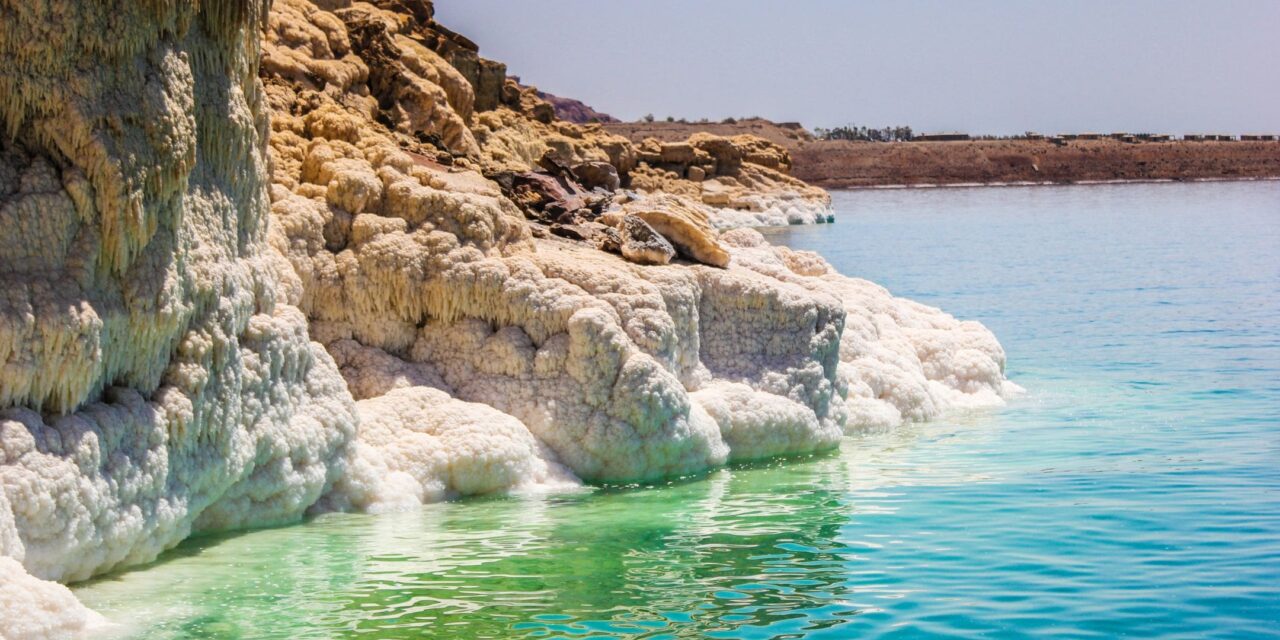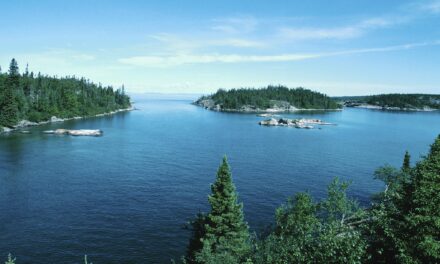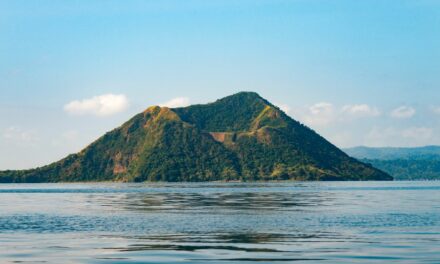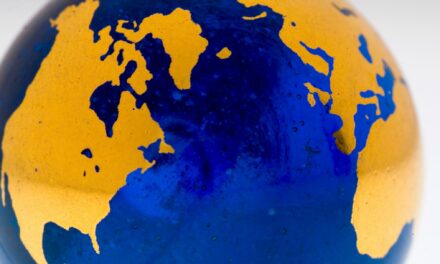Did you know that the Dead Sea is currently much below the surface of the sea and sinks by one meter every year? This fascinating body of water located between Jordan and Israel is known for its unique features, including being one of the saltiest bodies of water on Earth.
But why is the Dead Sea sinking at such a rapid rate? It all comes down to the fact that the water from the Jordan River, which feeds into the Dead Sea, is being diverted for human use. This means that less water is flowing into the Dead Sea, causing it to shrink and sink further below sea level each year. In fact, the Dead Sea is currently over 400 meters below sea level and sinking fast.
Despite its name, the Dead Sea is far from dead. Its high salt content makes it a unique ecosystem that can support only certain types of bacteria, fungi, and algae. The salt also makes the water incredibly buoyant, allowing visitors to float effortlessly on the surface.
The shrinking of the Dead Sea has led to concerns about its long-term sustainability and impact on the surrounding environment. However, efforts are being made to preserve this natural wonder, including initiatives to divert water back into the sea and promote sustainable tourism.
Visitors to the Dead Sea can witness firsthand the stunning contrast between the sea’s turquoise water and the surrounding arid desert landscape. And despite its sinking status, the Dead Sea remains a popular destination for tourists from around the world.
In conclusion, the Dead Sea is not only a unique natural wonder but also a fascinating example of how human activity can impact our environment. So, next time you visit the Dead Sea, take a moment to appreciate its beauty and consider the importance of protecting it for future generations.
If you enjoyed this article, please consider sharing it with your friends and rating it below.
Thank you!










